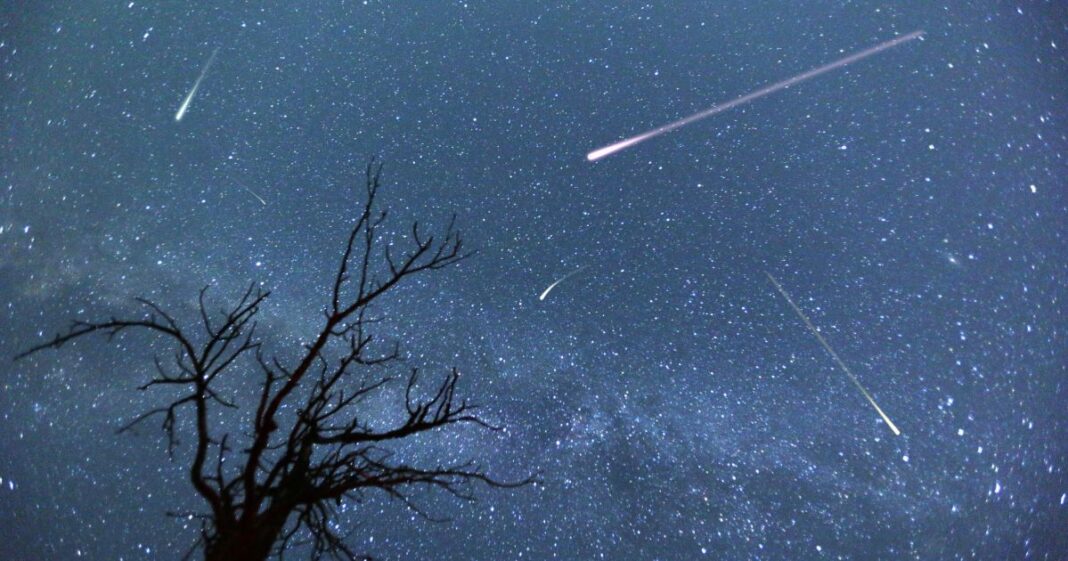The Leonids — one of the most famous annual meteor showers — is about to peak, giving keen skywatchers the chance to enjoy some free nighttime entertainment.
Like any meteor shower, the Leonids offer a great opportunity to witness dramatic bright lights streaking across the sky as dust particles from a comet — in this case Tempel-Tuttle — collide with Earth’s atmosphere.
Your best chance of seeing the so-called “shooting stars” is on Friday night or early Saturday morning, and EarthSky predicts that under a dark sky you may be able to see up to 15 meteors an hour burning up in the atmosphere. If you’re busy doing other things this weekend, you can also look out for the Leonids every night until December 2.
“Leonids tend to be bright, with many producing long trains that persist for a few seconds after the initial flash of light,” NASA says. And you don’t need to direct your gaze at any particular part of the sky for the Leonids. Just look straight up and wait for a streak of light to catch your eye.
So long as you have a cloudless or mostly cloudless sky, the best way to view a meteor shower is to find a location well away from any light pollution such as city lights.
To give yourself the best chance of witnessing as many meteor burn-ups as possible, try to find a viewing spot with a broad view of the sky, in other words, unobscured by things like trees, buildings, and mountains.
If you’re planning to stay outside for a while, be sure to wear warm clothing, and also take with you blankets, hot drinks, and snacks so that you’ll feel nice and comfortable during what will hopefully be a memorable light show.
Also, to save yourself from straining your neck and spending the next few days walking around like Frankenstein, take a chair with a portable reclining seat if you happen to have one, or, failing that, something warm to lie on so that you can look straight up with ease.
Finally, if you don’t fancy heading out into the cold, or if there’s too much cloud cover where you are, then try the live stream (top) of Japan’s Subaru Telescope located at Mauna Kea in Hawaii.
Editors’ Recommendations
Source link









